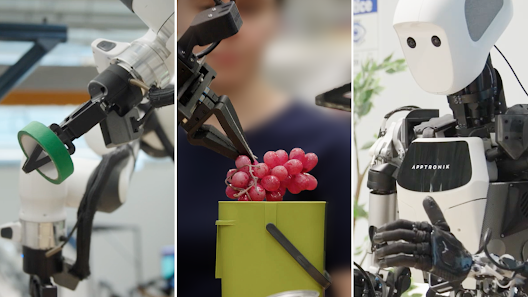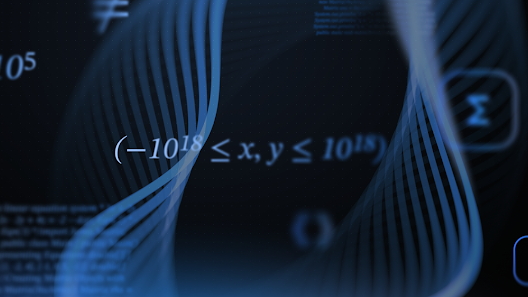Figure AI has made a breakthrough in robotics by enabling its humanoid robot to walk with a natural, human-like gait. This advancement is powered by an end-to-end neural network trained using reinforcement learning, bringing the robot closer to mimicking real human locomotion.
Training in Simulated Environments
To develop the walking capabilities, Figure AI trained the neural controller in high-fidelity simulations. These simulations involved thousands of virtual humanoids exposed to diverse parameters and real-world scenarios. The company explained that this approach allowed them to gather years’ worth of learning data in just a few hours.
This method led to the development of a robust and proprioceptive locomotion strategy. The result? A robot that can not only walk naturally but also adapt to changes in its environment with minimal human intervention.
Agile Learning for Real-World Application
The key to this innovation lies in the speed and adaptability of the reinforcement learning model. With this approach, the robots undergo rapid iterations, enabling Figure AI to fine-tune their movements efficiently. The company emphasized that these are just early results, and there is more potential to unlock as the robot learns to navigate more complex, real-world situations.
Vision-Language Model Integration
This development builds on Figure AI’s earlier release of Helix, a vision-language action model capable of controlling a robot’s upper body through natural language commands. Unlike traditional robotic systems that rely heavily on manual programming and preloaded tasks, Helix enables on-the-fly object handling and collaboration.
Helix’s ability to generalize across unknown household objects and follow verbal instructions marks a significant leap in human-robot interaction. Coupled with the new walking capabilities, Figure AI is moving towards a future where humanoid robots can perform both cognitive and physical tasks with human-like fluency.
What This Means for the Future of Robotics
With the integration of locomotion and language-based manipulation, humanoid robots are poised to become more functional in real-world environments such as homes, warehouses, and care facilities. This level of autonomy could reshape industries that rely on repetitive, labor-intensive tasks.
The combination of physical dexterity and cognitive understanding is a crucial milestone in the path to full robotic assistance. It also aligns with broader trends in the robotics industry, as seen in initiatives like Hexagon’s recent launch of a robotics division aimed at leading autonomous innovation.
Looking Ahead
Figure AI’s progress in humanoid mobility is a significant step toward creating robots that not only understand human commands but also move like us. The company remains committed to refining its technology to handle every real-world scenario a humanoid might encounter.
As robotics and AI continue to evolve together, the line between machine and human capability becomes increasingly blurred—ushering in a new era of intelligent automation.







